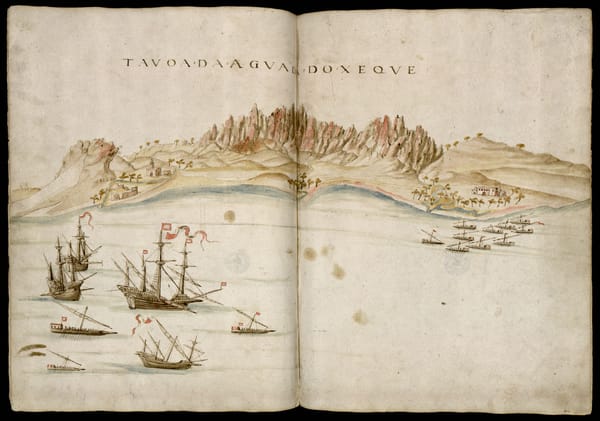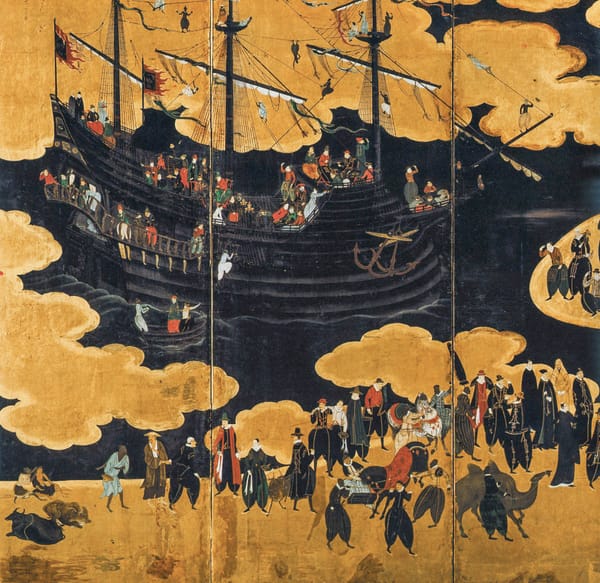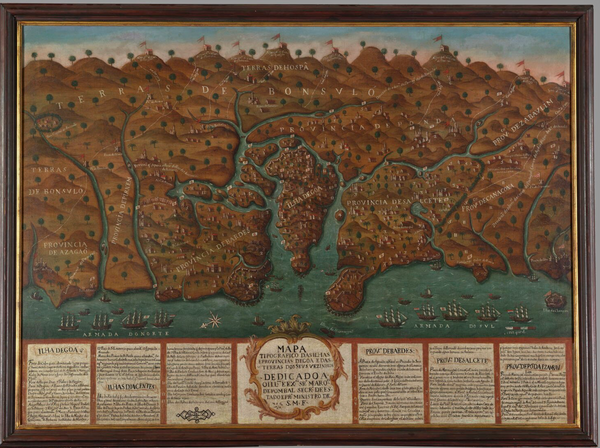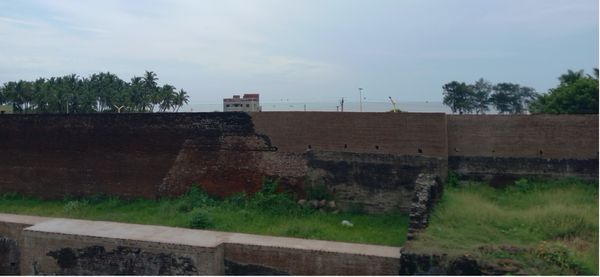1704: Forging Macau 2.0 in Cambodia
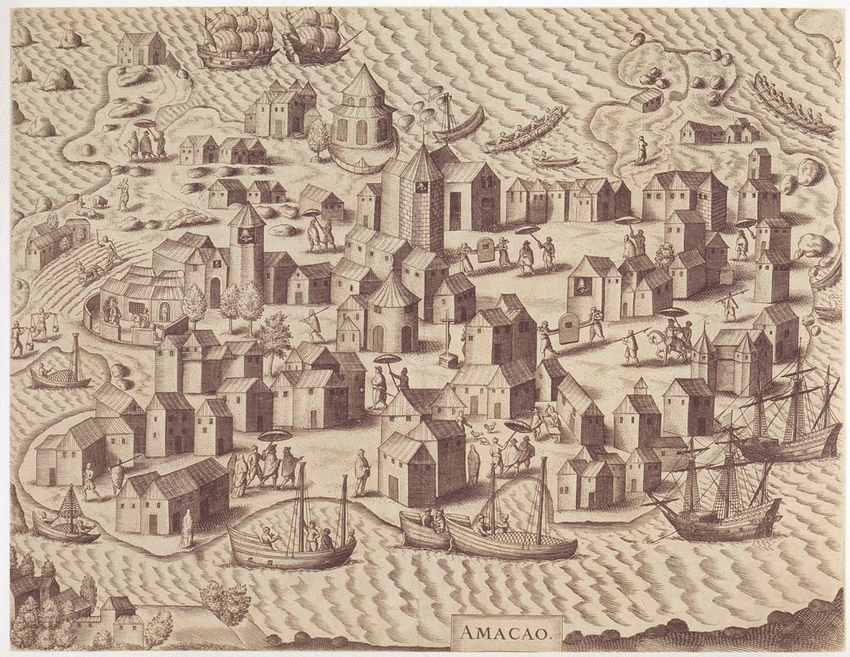
Hunched over the South China Sea, Portuguese Macau began as a shadowy settlement (povoação) in the mid-1550s and eventually received city status three decades later. In its early phase, Macau’s political and commercial success rested largely on the city’s pivotal role in the silk-for-silver trade between China and Japan. No wonder that both the Dutch and the Spanish tried at some point to secure their own replicas of Macau on Chinese shores, but to no avail. However, a succession of drawbacks would hit the Portuguese city hard in the middle decades of the seventeenth century. The rupture with Tokugawa Japan meant the expulsion of the Portuguese from Nagasaki in 1639–1640 and Macau’s irreversible loss of the Japanese market. Soon after, in January 1641, the fall of Malacca at the hands of a coalition of the Dutch Verenigde Oostindische Compagnie (East India Company; VOC) and the sultanate of Johor would seriously challenge Portuguese navigation across the Straits. Macau’s access to the ports of the Bay of Bengal and the Arabian Sea, let alone the city’s political communication with Goa — the capital of the Estado da Índia — became considerably more difficult. Simultaneously, the political turmoil triggered by the Ming-Qing transition was hazardous to Macau. Hassled by the resistance offered by the Southern Ming and the maritime might of Zheng Chenggong (Koxinga) and his successors, the Qing regime decided to evacuate the littoral areas and create a sort of no man’s land in the maritime fringes of the empire that could have dictated the demise of the Portuguese city. In the end, the extreme imperial measures did not affect Macau directly, but all the contemporary accounts speak of generalized poverty in the city. Consequently, the number of Portuguese residents decreased sharply: from the 600 moradores registered in 1640 only half of them existed thirty years later.
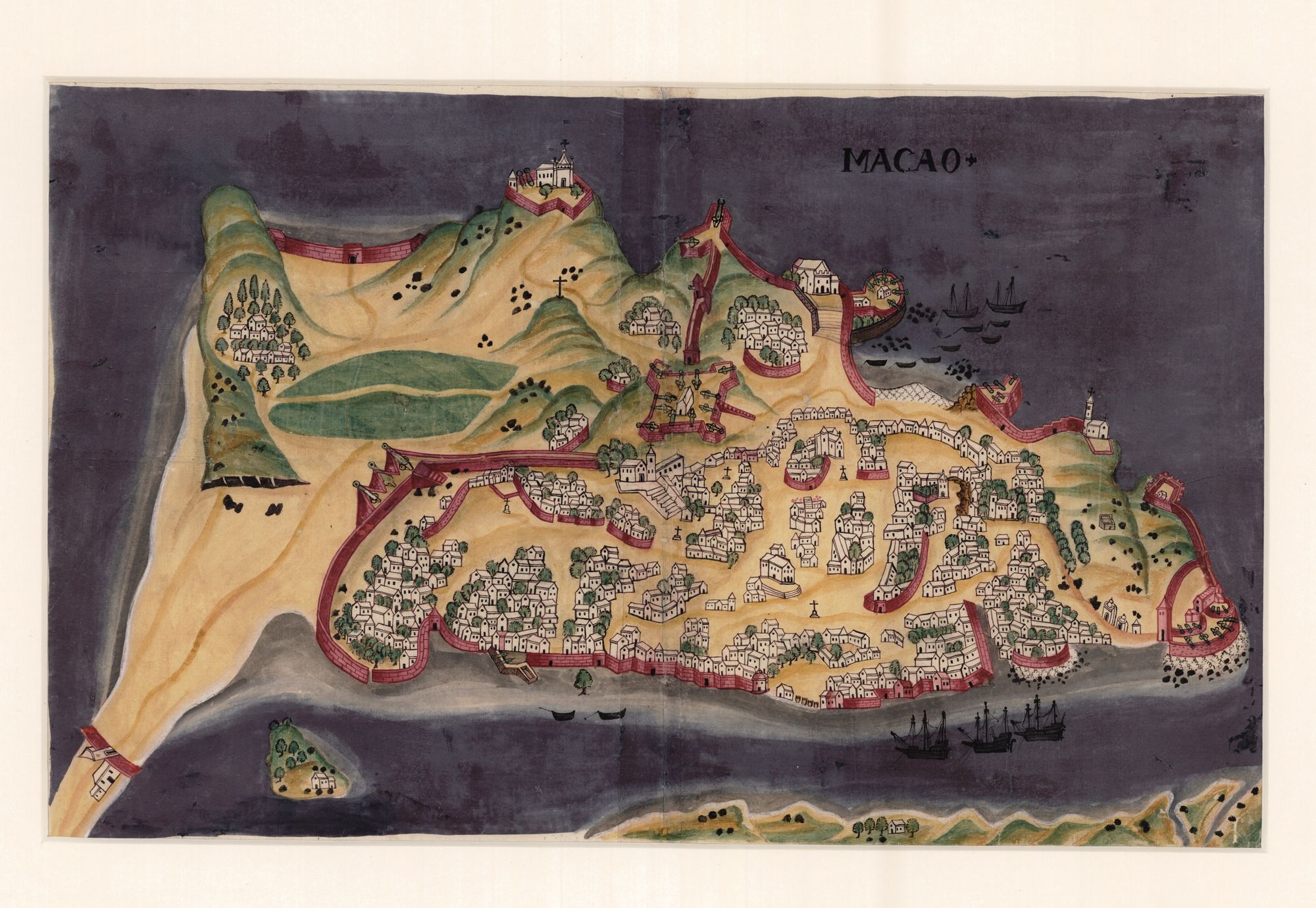
As the second half of the 1600s began, Macau felt the need to search for alternative markets and Southeast Asia attracted attention as a land of promise (Souza, The Survival of Empire). Of course, the city would face many obstacles in the region, caused by European competition but also the ever-shifting local conditions in a vast space subjected to the rule of a mosaic of polities. Still, in the following decades Macau managed to consistently direct its ships to several ports of island Southeast Asia, especially to Makassar, Banten, Aceh, Timor (also Solor and Flores), Batavia, and Manila. The sultanate of Banjarmasin, in southern Borneo, provided excellent trading opportunities in the 1680s and 1690s, more so because the suggestion to establish a Portuguese factory there came from the sultan himself (Alves, “Dois sonhos portugueses”). Less visible, but nonetheless relevant, were the commercial links that Macau meanwhile fostered with mainland Southeast Asia, from Siam to Vietnam. Besides, time was ripe for a new generation of economic and political entrepreneurs to thrive in the city; the activities of businessmen like Pero Vaz de Sequeira, Nicolau Fiúmes and Francisco Vieira de Figueiredo, but also businesswomen like Catarina de Noronha (Figueiredo’s widow), fill the documentation of the period.
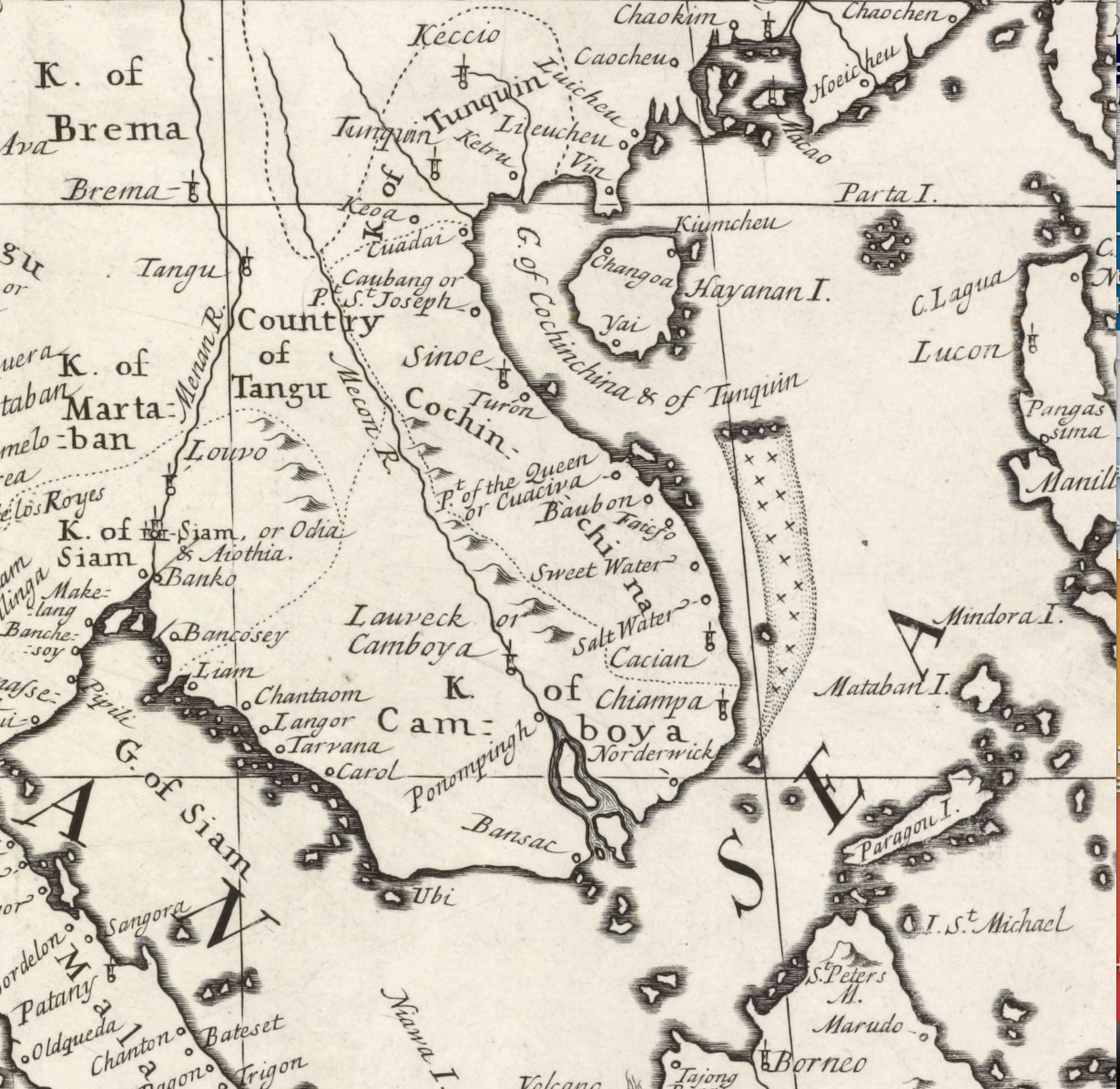
The source material specifically about Macau’s business ventures in the Buddhist kingdom of Cambodia in this context is scarce. The extant records mention ships heading from the Portuguese city to unnamed Cambodian ports in the 1660s and one knows for a fact that Cambodia was among the targets of a commercial and diplomatic mission to continental Southeast Asia led by a resident of Macau named Frutuoso Gomes Leite in 1685. Leite’s efforts, however, did not bear fruit. Six years later, the municipal council of Macau (the senado da câmara) granted rights’ exemption to one Domingos da Cunha Peixoto, “for he goes to open (abrir) the port of Cambodia, to where this city’s ships have not gone for many years”. Be that as it may, within the ruling elite of Cambodia the image of the Portuguese of Macau must have been positive at the turn of the eighteenth century. Consider the intriguing offer made by the Khmers to the city’s moradores as registered in the following document dated 1704. One wonders what the reaction to this proposal was in Macau, if indeed it was at all discussed by the members of the senado da câmara. Housed today in the Biblioteca da Ajuda, Lisbon, the document consists of a letters patent of the King of Cambodia in Portuguese translation:
Nac Chao Fa, Duke and Supreme Governor of the states of the Kingdom of Camboia. Let it be known to all the Portuguese who reside in the Noble City of Macao through this letter and patent of mine that the Most Serene Majesty the King of Camboia my lord, pleased with the good correspondence, love and loyalty of the Portuguese nation, and considering the calamities they suffer in Macao, graciously offers them a place to live in any part of His Kingdom, free from every sort of oppression. On the contrary, we will give land to all, so that each and everyone of them will be able to cultivate and sow, and grow as many vegetable gardens and palm groves as they wish. We also grant them freedom to buy and sell any sort of goods extant in this Kingdom, as well as to build boats and vessels that can head to any port they wish without any sort of impediment. Moreover, we grant them permission to fortify the place in which they will be based with a fortress of their own. To that effect, we will give them aid, people and supplies, such as wood, stones and whatever deemed necessary. Should the Portuguese of Macao accept this gracious favor from His Majesty the King of Camboia, my lord, those who wish to come immediately may rest assured that we will not break this promise made on behalf of His Majesty, under whose royal command I make this [patent] and send it by Captain Nicolao Fiumes, resident in that Noble City. Given at this Court of Pantay Socol, Camboja, 30 of May of 1704, by us, officials of His Majesty, the secretaries Chaopireha [Chaophraya] Tanter and Matheus Suares de Alvagaria, Chaopinha [Chaophraya] Senabortii translated it from the Cambodian language into Portuguese, wrote it and superscribed it, and had it stamped with the seal used in this district.
Nac Chao Fa
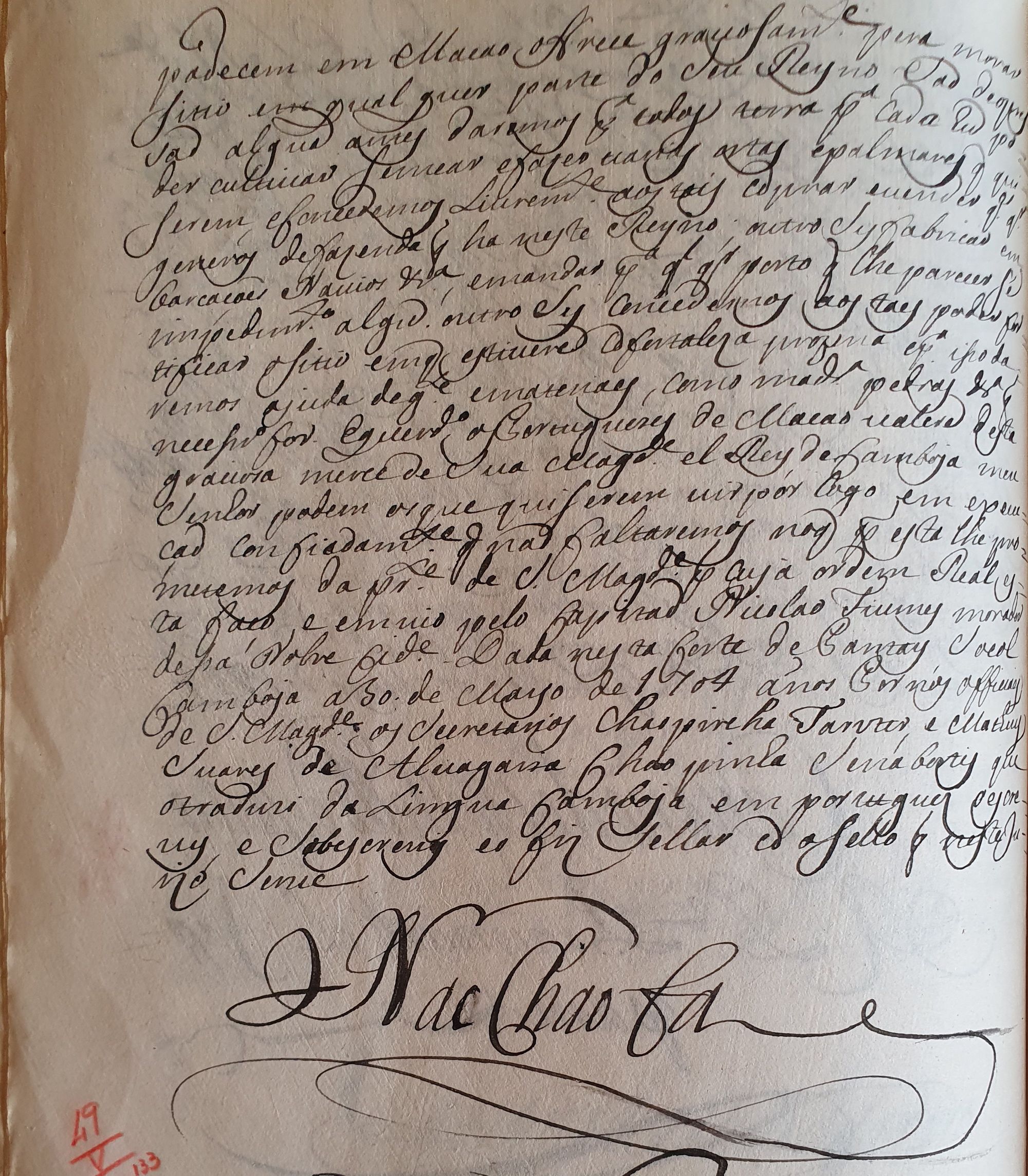
It was not the first time that a Cambodian monarch offered a plot of land to the Portuguese. Roughly a century earlier, in 1598, the soldier-adventurer Diogo Veloso was granted an island as a royal reward for his many military services. Furthermore, Veloso was given consent to “construct a fortress there in the name of the King of Portugal” (Subrahmanyam, Improvising Empire, 148). The 1704 document was not directed to a single beneficiary, but rather to an entire community: “all the Portuguese who reside in the Noble City of Macao.” It also comprised the permission to erect a fortress: the settlers that the King of Cambodia was expecting to attract are not identified in the text as valiant warriors, but it is obvious that he sought to secure Portuguese martial power against his neighbors (the Siamese and the Ngyuen), who chronically menaced his realm. Interestingly enough, the patent handed to Nicolau Fiúmes does not contain a word on religion. Coincidence or not, the text was written at the time when the Jesuit mission in Cambodia came to an end (Loureiro, “The Jesuits in Cambodia,” 213–214). Finally, the emphasis on trust — Portuguese trust in the inviolability and perpetuity of the king’s words put on paper — is common to the two royal grants of 1704 and 1598.
The document above raises many other interesting points that call for further analysis. Take, for instance, the issue of self and cross-cultural perceptions. The Khmers portrayed the Portuguese of Macau as both farmers and traders, whereas the residents of the “noble city” saw themselves essentially as a mercantile community: “Macau’s wealth consists of the sea, and there are no assured goods other than those brought by the wind and tides. When these lack, everything lacks,” a Jesuit priest wrote in 1664. The Qing provincial authorities could not have agreed more: two years later, the viceroy (zongdu) of Guangdong and Guanxi remarked “that the Portuguese do not own land. Even if they did, they could not know how to plough it.” In 1704, when planning the creation of a second Macau in his domains, the Cambodian king had a different profile of moradores in mind: the merchants should work in tandem with the planters. Indeed, “place” — a word mentioned twice in the patent (one wonders what the vernacular term behind the Portuguese equivalent sítio was) — applied simultaneously to fortress, factory, and colony. Made in Cambodia, Macau 2.0 was expected to be better than its first, sixteenth-century Chinese version; a place prepared to endure by its own means, less dependent on winds and tides, and shielded against “calamities.”
A thicker approach to this document can lead us to a different, more minute set of questions. Who was this particular king of Cambodia under whose authority the document was issued? What capital city is “Pantay Socol”? Who was the “duke” Nac Chao Fa (considering that Chao Fa corresponds to a title)? What was the actual role of the two Cambodian officials (both hold the title of Chaophraya) with regard to the composition of the document? Better yet, did they intervene in the preparation the two documents, i.e., the missing original and the existent Portuguese translation? And what part did the Portuguese Mateus Soares de Albergaria take in that same process? Presented as secretary to the King of Cambodia, Albergaria obviously embodies the figure of the cultural mediator. These and other related interrogations arise from the fact that, similarly to 1598, the 1704 piece consists of the surviving Portuguese translation of a Khmer document that no longer exists.
Let us return, by way of conclusion, to the substance of the patent as we know it. The document in question strengthens our conviction that several Asian rulers of the time were keen on adopting the factory model, with or without Europeans involved. The king of Cambodia in 1704, like the sultan of Banjarmasin a few years earlier, did not wish to dissociate the factory from the Portuguese. Towards the end of the eighteenth century, Tipu Sultan, the ruler of Mysore, toyed with a different idea. He then planned to develop a grid of his own factories in India and beyond, yet free from European intervention (O’Sullivan, “What is a Factory?”). “Factory” certainly meant different things for different people across the early modern Eurasian world. But it is perhaps safe to assume that all saw it as a sort of wedge: a door wedge that kept the door ajar and facilitated trade flows to and from the outside world.
References:
Alves, Jorge Santos. “Dois sonhos portugueses de negócio e evangelização na Insulíndia em finais do século XVII,” in As relações entre a Índia portuguesa, a Ásia do Sueste e o Extremo Oriente. Actas do VI Seminário Internacional de História Indo-Portuguesa, ed. Artur Teodoro de Matos and Luís Filipe Thomaz (Macau and Lisbon: n.p., 1993), 235–254.
Flores, Jorge. “Macau: os eventos políticos 1,” in História dos Portugueses no Extremo Oriente, ed. A. H. de Oliveira Marques, vol. II (Lisbon: Fundação Oriente, 2001), 69–155.
Flores, Jorge. “China e Macau,” in História dos Portugueses no Extremo Oriente, ed. A. H. de Oliveira Marques, vol. I (Lisbon: Fundação Oriente, 2000), 151–293.
Loureiro, Vanessa. “The Jesuits in Cambodia: a look upon Cambodian religiousness (2nd half of the 16th century to the 1st quarter of the 18th century),” Bulletin of Portuguese – Japanese Studies vol. 10–11 (June–December 2005): 193–222.
O’Sullivan, Michael. “What is a Factory?” https://www.capasia.eu/what-is-a-factory/ (accessed 7 July 2023).
Phoeun, Mak. Histoire du Cambodge, de la fin du XVIe siècle au début du XVIIIe (Paris: EFEO, 1995).
Souza, George Bryan de. The Survival of Empire: Portuguese Trade and Society in China and the South China Sea, 1630–1754 (Cambridge: Cambridge University Press, 1986).
Subrahmanyam, Sanjay. Improvising Empire: Portuguese Trade and Settlement in the Bay of Bengal, 1500–1700 (Delhi: Oxford University Press, 1990).


